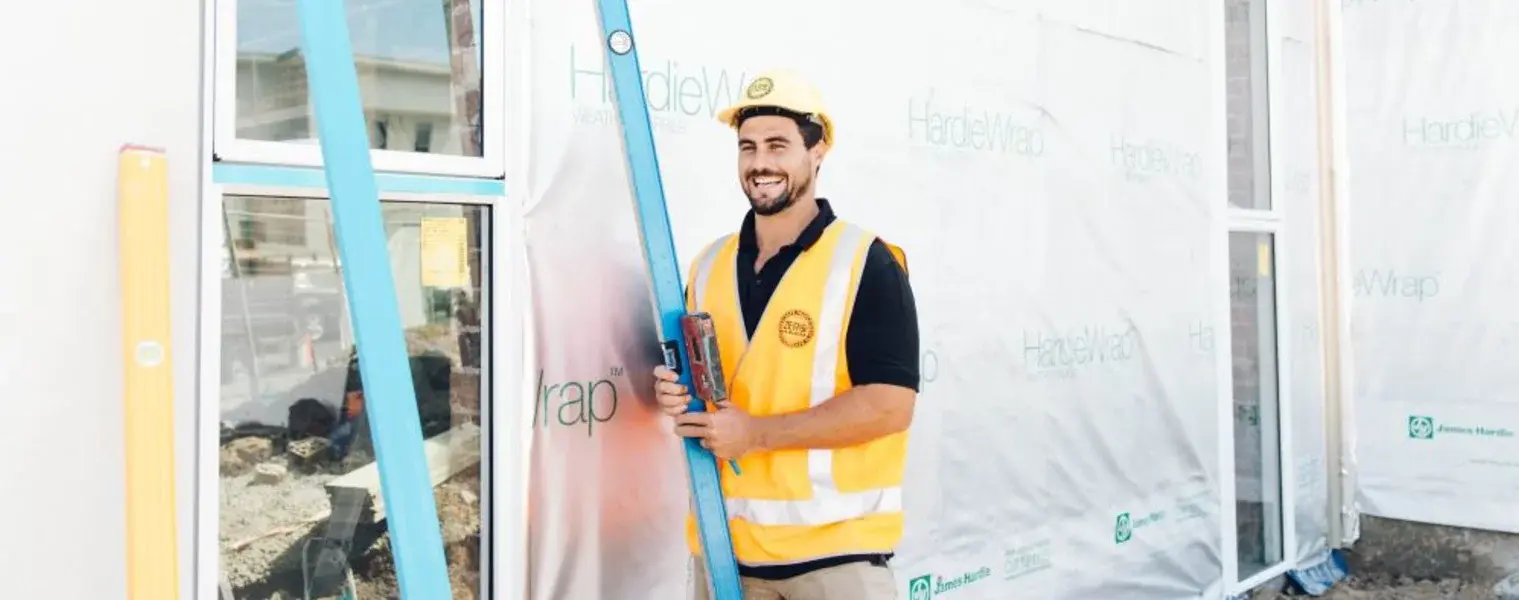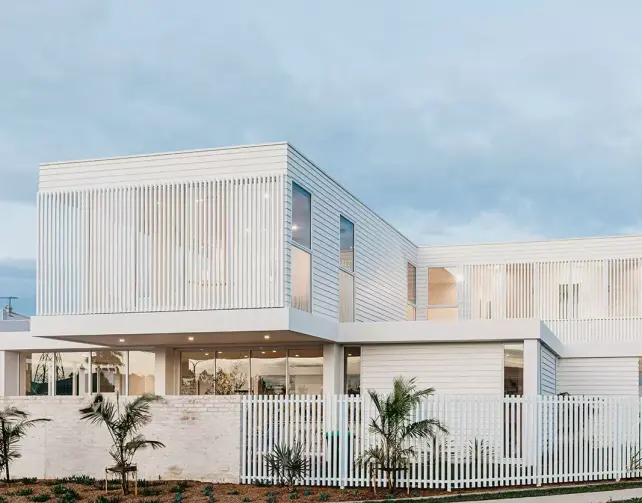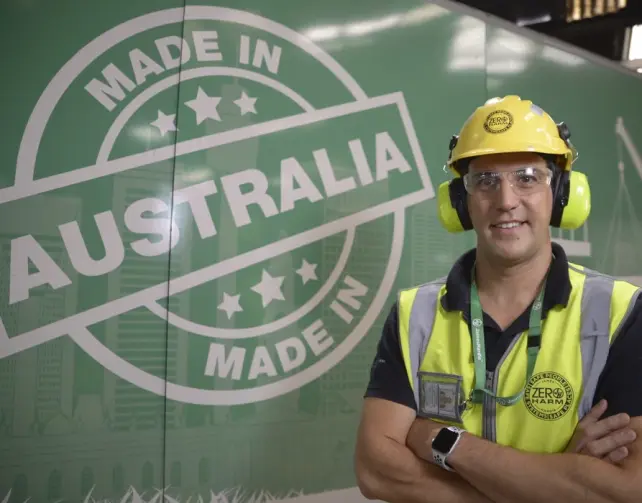Partners
Tips to build your business. Part 3: Meeting building deadlines. Everytime.

Futureflip
There’s no one measure of busyness for builders. But there are some good everyday signs. How many jobs you’re working on right now. When you last had time for admin. How many new quotes you have on the go.
But no matter how much is going on behind the scenes, one thing clients almost always want answered is: “How long will it take?”
The answer to that question comes from being able to deliver on timelines with planning, communication and having the right systems in place. Meeting deadlines is not only central to making sure projects run smoothly but keeping clients happy, too. After all, they can be your business’s best marketing tool.
That’s why James Hardie has partnered with Futureflip – one of Australia’s leading design and construct companies – to produce a practical, four-part video series that helps builders grow their businesses. The series is full of expert tips, advice and strategies for finding new customers and turning those leads into new builds. Chapter three explores the simple things you can do to manage deadlines, from the people you hire to the relationships you build.
“Keep good people around you. If you can build strong relationships with people you can trust, it’s easier to guarantee an excellent end result for your clients and easier to create a great name for yourself.” Neil Hipwell – FutureFlip
Always learning
Even after Futureflip’s director Neil Hipwell finishes a build, the job is not complete. After every project he sits down with his team and discusses what went right, what went wrong and what could be improved on the next project. All Neil requires for the sessions is a willingness to learn from mistakes and a bit of humility. After building over 90 homes, the project reviews are a critical way he makes sure he can keep improving as well as manage deadlines.
One of the key lessons Neil has learned is the importance of managing clients and building relationships. A crucial part of building those relationships is getting on the front foot and guiding them along the way. “There’s a fine line between keeping your clients happy by saying yes to everything,” he says, “as opposed to keeping them happy by providing constructive advice”.
In this third chapter of the James Hardie and Futureflip series, Neil explains how he uses commercial construction principles for residential building. And it’s an approach that can be replicated by builders across Australia. A commercial system means every area of the business is managed by site supervisors allowing projects to be loaded with trades. The company structure is “lean and agile” – Neil’s employees know they need to be flexible and may be asked to do things they are not used to in order to get the job done. In fact, he has come to hire staff exactly for that flexibility.
This chapter in the series by James Hardie and FutureFlip covers:
- The importance of communicating key milestones with clients – such as application processes and approvals.
- Using clear communication and constructive advice to manage clients.
- Tips for managing the stress and sometimes “downright chaos” that comes with running a business.
- How to manage a building site by using the right systems and processes.
- How keeping the right people around you – such as high quality subcontractors and trades – helps keeping to deadlines. Watch chapter three of the James Hardie and Futureflip Build Your Business series below. Missed the first few chapters? Check out Part 1: Social media for builders and Part 2: Finding new clients.
Looking for consumer leads? Sign up to MyHardies and connect with potential customers planning to build or renovate in your local area.







